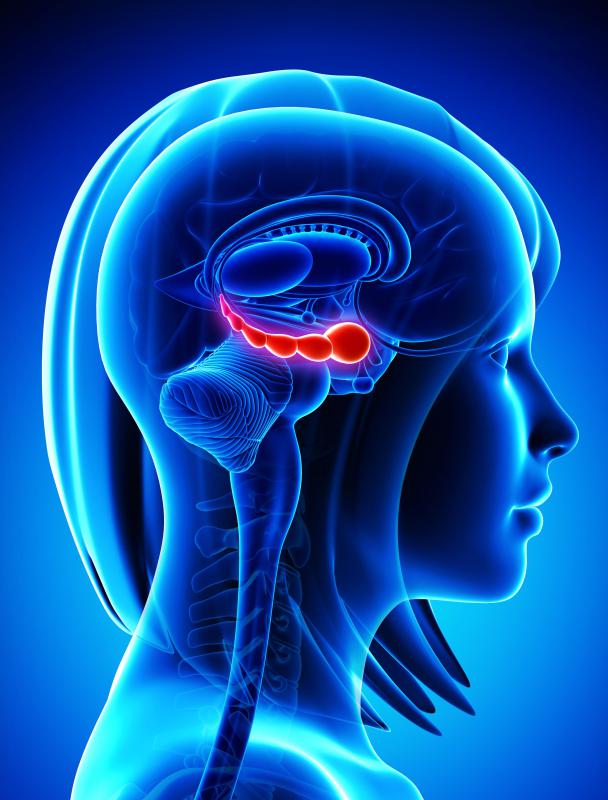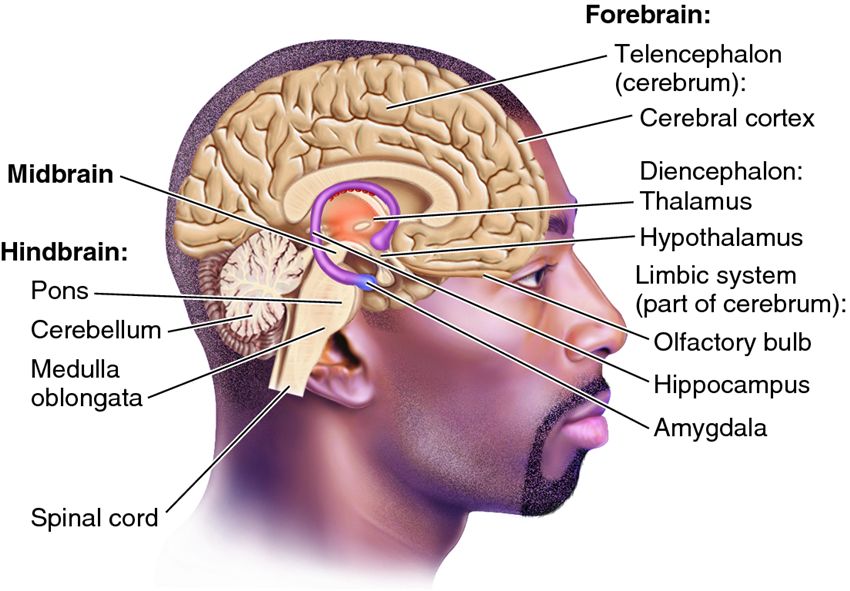Hippocampus And Amygdala
Sep 09, 2014 ETSU Online Programs - Module 3 - Memory: Hippocampus/Amygdala & Consolidation/Potentiation MOD 03 EP 10.
Researchers at the University of California, Irvine have identified for the first time an imbalance in a key neural pathway that explains how some people reactivate negative emotional memories. The finding could help scientists unlock new ways to treat psychiatric disorders such as post-traumatic stress disorder.
The study, “Multiplexing of Theta and Alpha Rhythms in the Amygdala-Hippocampal Circuit Supports Pattern Separation of Emotional Information,” is published today in the journal Neuron.


For decades, scientists have viewed emotional memory as a double-edged sword: while the entire emotional event is highly memorable, details of the event are often fuzzy. This lack of detailed recollection may lead to faulty reactivation of negative memories. For example, if someone is bitten by a dog, he or she may become anxious around dogs of all breeds and sizes. Understanding the nature of emotional memory could have implications for the treatment of PTSD and other mental disorders.
“Emotion exerts a powerful influence on how vividly we can remember experiences,” said co-senior author Michael Yassa, professor of neurobiology & behavior, UCI School of Biological Sciences; professor of neurology and psychiatry, UCI School of Medicine; and director of UCI’s Center for the Neurobiology of Learning & Memory. “However, studies in humans have shown that the impact of emotion on memory is not always positive. In many cases, emotional arousal can impair a person’ ability to differentiate among similar experiences.”
Sins of a dark age.
This neural computation is critical for episodic memory and is vulnerable in neuropsychiatric disorders, Yassa said.
According to this new study from UCI, an imbalanced communication between the brain’s emotional center, the amygdala, and its memory hub, the hippocampus, may lead to the failure to differentiate negative experiences that have overlapping features. On the other hand, a balanced dialogue between the amygdala and the hippocampus allows one to separate overlapping emotional experiences and make distinct memories.
Further, two types of brain rhythms – a faster (8 cycles per second) alpha oscillation and a slower (4 cycles per second) theta rhythm – diametrically regulate communications between the amygdala and the hippocampus. Overamplified alpha rhythms from the amygdala to the hippocampus lead to faulty extrapolation of memories among similar experiences while balanced theta rhythms between the two brain regions promote correct discrimination and accurate recall.
“The teamwork between the amygdala and hippocampus is like a yin and yang and may be the key to disentangle overlapping emotional experiences and to overcome overreactions in a similar situation,” said Jie Zheng, a UCI alumnus and the study’s first author.
“Our findings provide a neural mechanism underlying this phenomenon and propose a circuit-level framework for possible neuropsychiatric therapy, such as deep brain stimulation, transcranial alternating current stimulation, and transcranial magnetic stimulation,” said Dr. Jack J. Lin, co-senior author and professor of neurology, UCI School of Medicine, and professor of biomedical engineering, UCI Henry Samueli School of Engineering.
Measurements were collected from electrodes implanted by UCI Health neurosurgeons in seven patients with medication-resistant epilepsy as part of an assessment of their seizure activity. Electrode placement was guided exclusively by these patients’ clinical needs, Lin said.
This article has been republished from materials provided by University of California, Irvine. Note: material may have been edited for length and content. For further information, please contact the cited source.
Reference: Zheng, J., Stevenson, R. F., Mander, B. A., Mnatsakanyan, L., Hsu, F. P. K., Vadera, S., … Lin, J. J. (2019). Multiplexing of Theta and Alpha Rhythms in the Amygdala-Hippocampal Circuit Supports Pattern Separation of Emotional Information. Neuron, 0(0). https://doi.org/10.1016/j.neuron.2019.03.025
The and are two parts of the of the. Both of these parts have primary functions that relate to memories and reactions to emotional aspects. These two parts, as part of the limbic system as a whole, deal with how the human brain processes these emotions and memories.Humans have complex brains that are divided into sections and sub-sections. Each of these divisions has a specific set of functions and purposes of their own. Together, the brain is responsible for controlling each and every aspect of the body, from movement to production.
The limbic system plays a large role in behavior and emotion control.Within the limbic system, the amygdala and hippocampus are located under the, which is another part of the limbic system, near the left section of the. Combined, the two parts deal primarily with forming long-term memory, processing emotions, and determining how those emotions are tied to memories. Although these two parts work together, they each have their own responsibilities.The amygdala has several functions. It controls the brain's ability to coordinate many responses to emotional stimuli. These include endocrine, autonomic, and behavioral responses.
Stress, anxiety, and fear are primary stimuli that produce responses. By the amygdala helps control how these stimuli come together and provide coordination. In contrast to the functions of the amygdala, the hippocampus controls the body's production of corticosteroids, which are chemicals that create physiological responses to stimuli. The hippocampus also regulates how the mind creates memories. Short-term memories are combined with the emotional responses to create long-term memories. Additionally, studies also suggest that the hippocampus acts as a map by creating a layout of an environment a person experiences, referred to as a cognitive neural map.The amygdala and hippocampus rely on each other to form their individual functions. Responses to stimuli are regulated by the amygdala and those responses are then used by the hippocampus in the formation of both short-term and long-term memories.
Certain events are associated with the stimuli that are experienced during those events, which are processed by the amygdala and accessed by the hippocampus.Damage to the amygdala and hippocampus can produce different results. If the amygdala is damaged and cannot function properly, a person can seem void of emotion because there is no response to stimuli. Hippocampus injury can vary in the results depending on which side is damaged, and the extent of the damage.
Generally, memory function is altered. Patients who have Alzheimer's disease often have damage in the hippocampus.